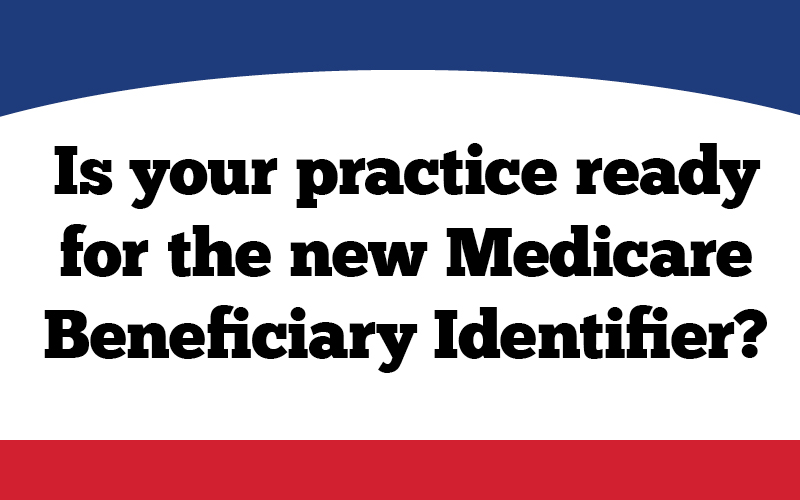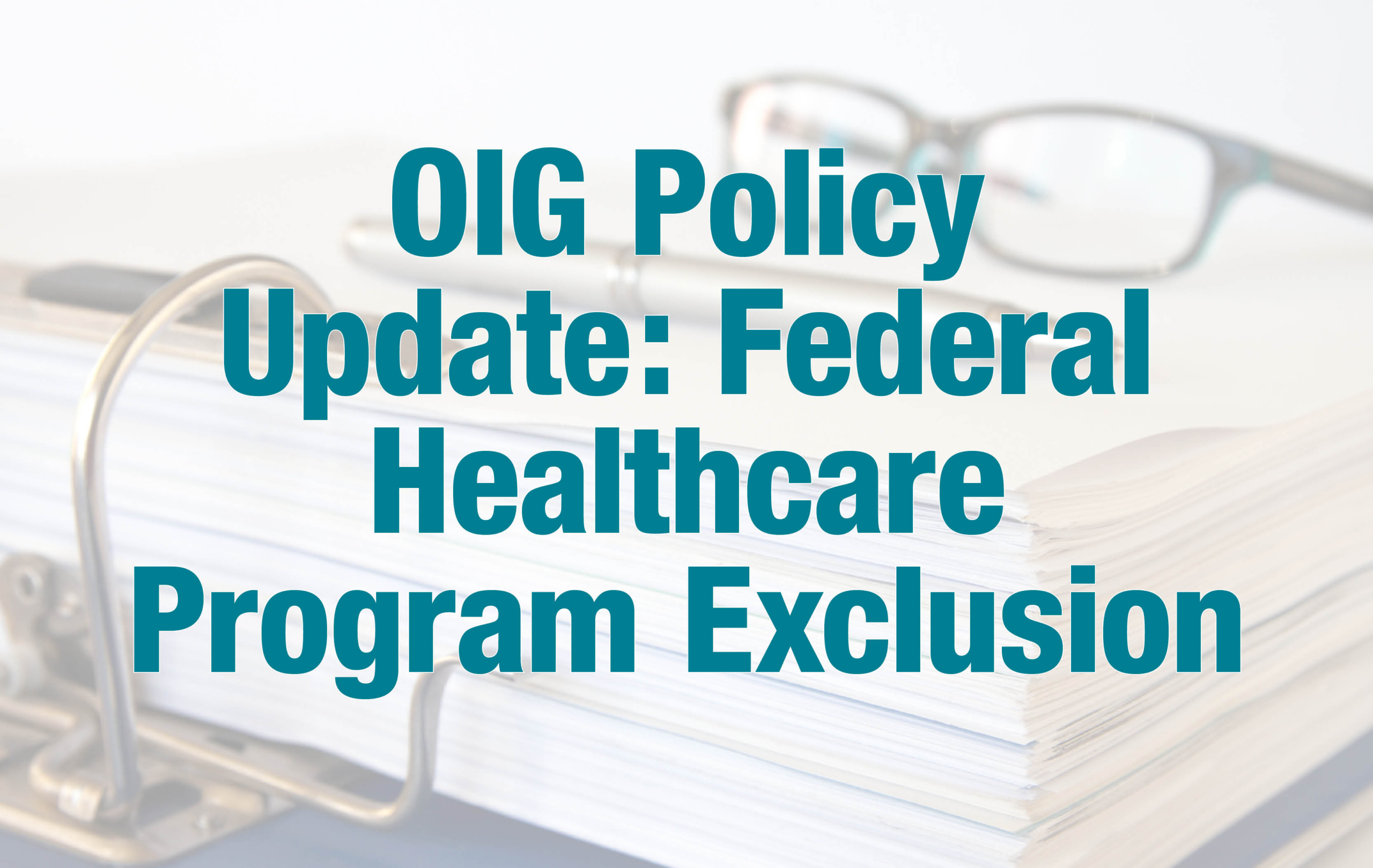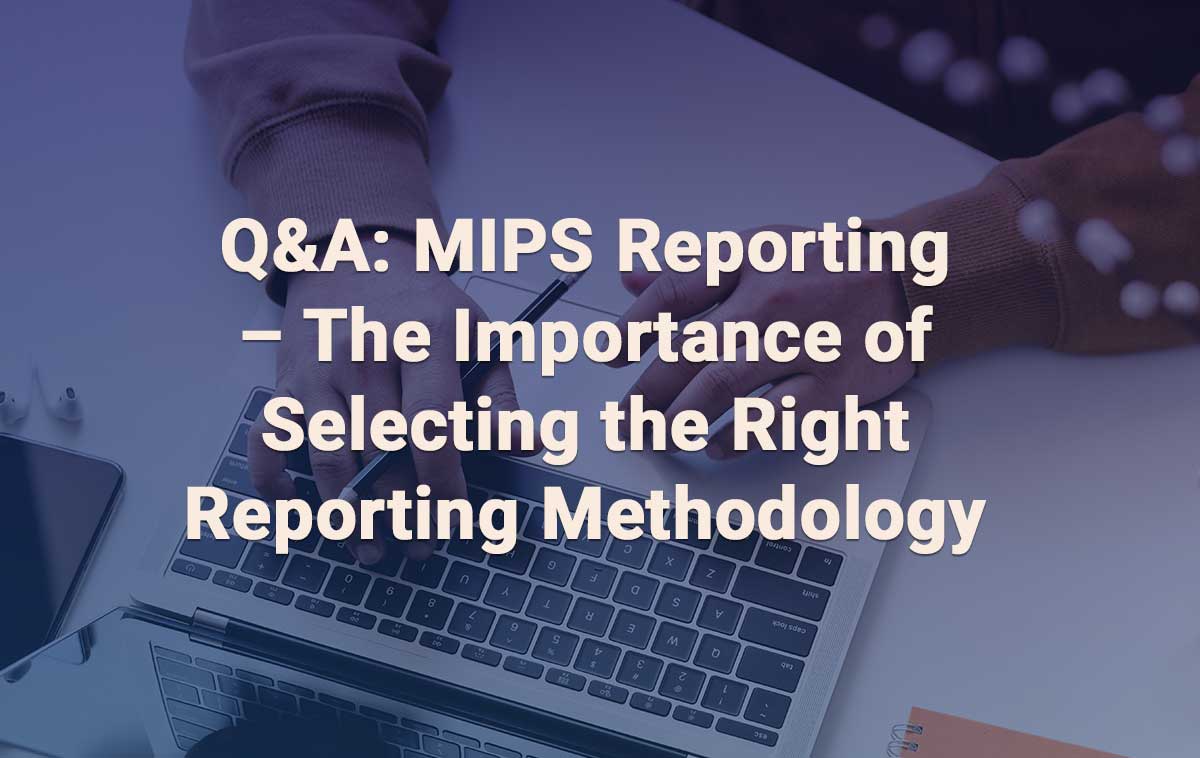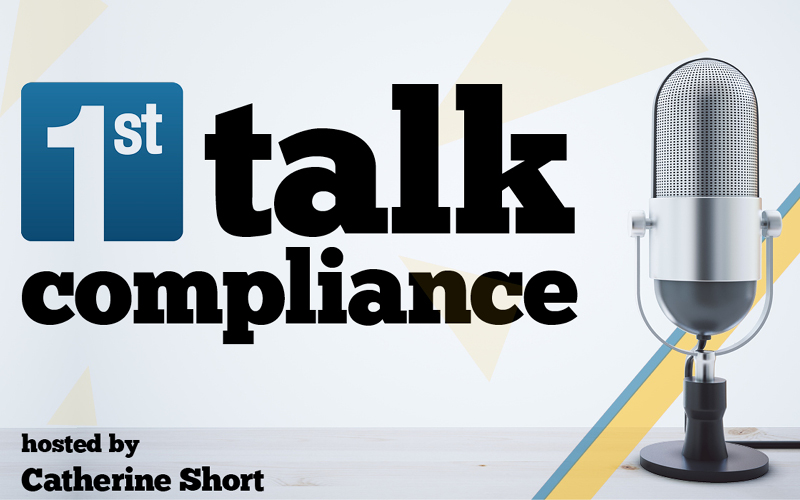Is your practice ready for the new Medicare Beneficiary Identifier?
Preventing identity theft continues to be a major focus of the Social Security Administration and the Center of Medicare and Medicaid Services (CMS). Beginning April 2018, Medicare cards will no longer contain Social Security Numbers (SSN) as part of the Social Security Number Initiative (SSNI) and Medicare Access and CHIP Reauthorization Act (MACRA). Instead, Medicare beneficiaries will be assigned a new randomly generated individually identifiable number— the Medicare Beneficiary Identifier (MBI). Accordingly, your practice management systems must be updated to accept and protect the confidentiality of these new MBI numbers.
Educational materials are now available for providers to help educate their Medicare patients on the new MBI: a poster, flyer and a tear off. CMS emphasizes that beneficiaries must be assured that benefits are not changing, only their identifier number. All existing cards will be replaced and mailed to beneficiaries by April 2019. Once the new MBI card is received, the beneficiary should use it instead of the old card with the SSN-based Health Insurance Claim Number (HICN), however either number should be accepted by the provider until December 31, 2019. During the transition period of April 1, 2018 to December 31, 2019, providers may submit claims using the MBI or the Health Insurance Claim Number (HICN). Following the transition period, only a few exceptions will exist to allow for submissions containing any identifier other than the MBI:
- MBI or HICN will be allowed for Medicare plan or fee-for-service appeals
- HICN will continue to be used for Medicare adjustments and reports
- For a fee- for-service claims status query, a date of service prior to Jan 1, 2020 will allow use of MBI or HICN but after that date only the MBI can be used
- MBI or HICN may be used on claims for services as an inpatient, for home-health care or in a religious, non-medical healthcare institution that begin before and end after the date of transition.
Regardless of the 2019 deadline, providers should be proactive in compiling the MBIs assigned to their patients. An MBI look-up tool is available to providers who sign up on their state Medicare Administrative Contractor (MAC) provider portal. Beginning October 2018, the new MBI number for the beneficiary will also be included on each electronic remittance advice (835) transaction. Another ardent step is to begin identifying any Railroad Retirement Beneficiaries by their cards which will continue to display the RRB logo and Railroad Retirement Board (RRB) at the bottom. Due to the fact that the randomly generated MBI number will not be unique for a RRB member, your process must be able to determine RRB status simply based on their card, in order to properly direct claims to the RRB Specialty Medicare Administrative Contractor (SMAC).
What specific changes need to be implemented for the MBI to be accepted by your practice management system?
- There will be 11 randomly generated characters
- Alphanumeric (0-9 and uppercase letters excluding S, L, O, I, B, Z)
- 2nd, 5th, 8th, and 9th characters will always be a letter
- 1st, 4th, 7th, 10th, and 11th characters will always be a number.
- 3rd and 6th characters will be a letter or a number
- The dashes are not part of the MBI
- Read and accept the MBI on electronic remittance advice transaction (835)
Another consideration for providers is private insurance claims. Private payers do not need to use the new MBI unless if it’s secondary insurance for a Medicare transaction that would currently use the HCIN. Only those private payer member IDs based on whole or part of the SSN will need to be changed. The ultimate goal is to prevent the continuation of healthcare fraud by protecting the identity of all individuals.






